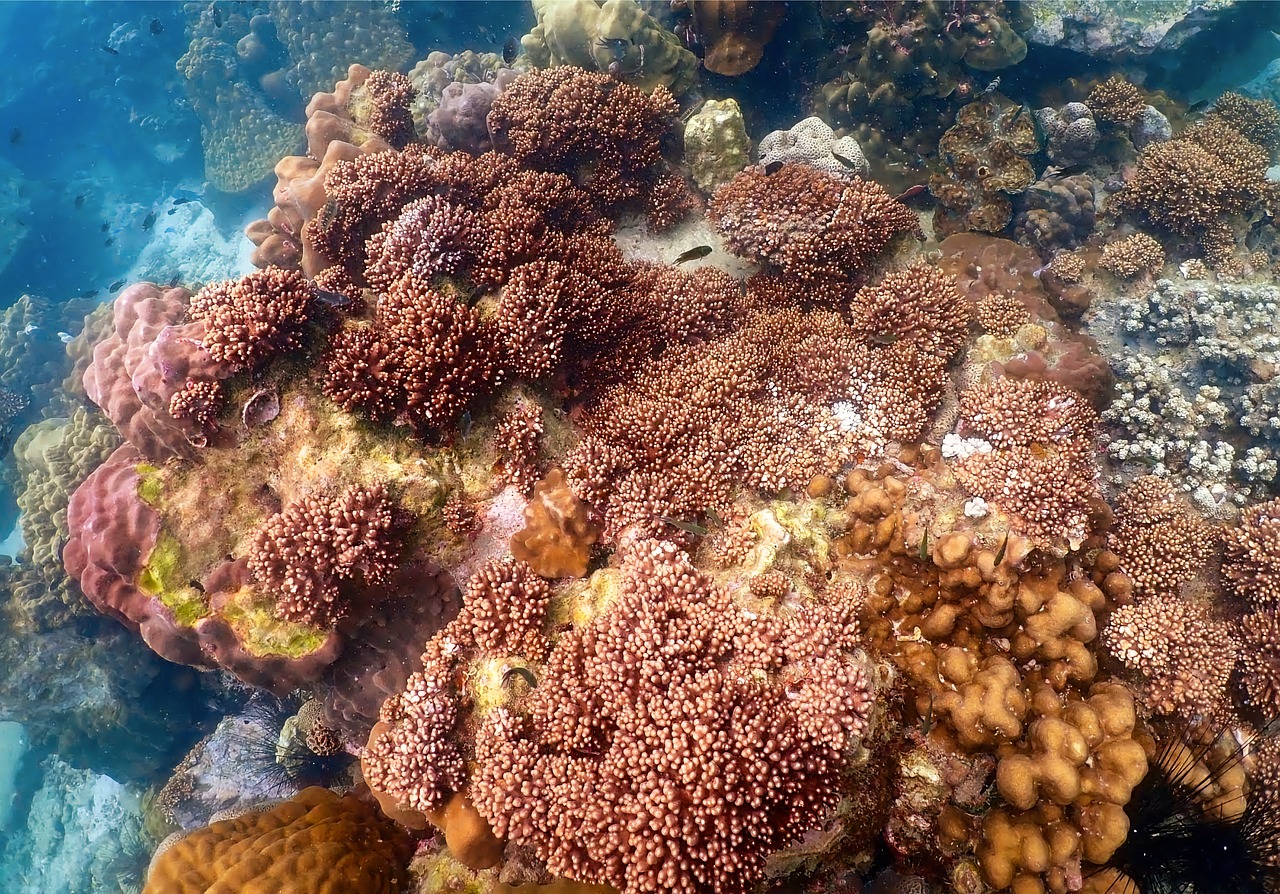
Ningaloo Reef, located off the coast of Western Australia, is one of the world’s most pristine and biodiverse coral reefs. Spanning over 260 kilometers, this UNESCO World Heritage-listed site is a haven for marine life and offers a plethora of activities for nature enthusiasts. This comprehensive guide will take you through the best places to visit, things to do, and tips for making the most of your trip to Ningaloo Reef.
Overview of Ningaloo Reef
Location and Accessibility
Ningaloo Reef is situated along the coast of the Cape Range Peninsula in Western Australia, approximately 1,200 kilometers north of Perth. The main access points to the reef are the towns of Exmouth and Coral Bay.
Unique Features
- Fringing Reef: Unlike the Great Barrier Reef, Ningaloo Reef is a fringing reef, meaning it is located very close to the shore. This makes it easily accessible for snorkeling and diving.
- Marine Biodiversity: The reef is home to over 500 species of fish, 300 species of coral, and numerous other marine creatures, including whale sharks, manta rays, and humpback whales.
Top Attractions and Activities
1. Snorkeling and Diving
Key Spots:
- Turquoise Bay: Renowned for its clear waters and abundant marine life, Turquoise Bay is one of the best snorkeling spots on the reef. The drift snorkel here allows you to float with the current over vibrant coral gardens.
- Lighthouse Bay: A popular diving spot with diverse coral formations and marine species. It is also known for its strong currents, making it suitable for experienced divers.
- Coral Bay: Offers easy access to the reef directly from the beach. The sheltered waters are perfect for beginners and families.
Highlights:
- Whale Sharks: From March to July, Ningaloo Reef is one of the few places in the world where you can swim with whale sharks, the largest fish in the ocean.
- Manta Rays: Available year-round, manta rays can often be seen gliding through the waters around Coral Bay and Exmouth.
- Humpback Whales: During their migration from June to November, humpback whales can be spotted and even swum with on guided tours.
2. Kayaking and Paddleboarding
Key Spots:
- Oyster Stacks: Known for its calm and shallow waters, this area is ideal for kayaking and paddleboarding, providing close-up views of the reef.
- Bundegi Beach: Located near Exmouth, it offers a serene setting for kayaking with opportunities to spot dolphins and turtles.
3. Fishing
Key Spots:
- Exmouth Gulf: Known for its excellent fishing opportunities, including species such as barramundi, snapper, and trevally.
- Mandu Mandu Gorge: A great spot for fly fishing, with the chance to catch bonefish and permit.
Regulations:
- Fishing Zones: Be aware of the sanctuary zones within Ningaloo Marine Park where fishing is prohibited to protect the delicate marine ecosystem. Always follow local regulations and guidelines.
4. Whale Watching
Key Seasons:
- Humpback Whales: June to November is the prime season for humpback whale watching. Several operators offer boat tours that provide close encounters with these majestic creatures.
- Southern Right Whales: Occasionally seen in the region, adding to the diverse marine life spectacle.
5. Cape Range National Park
Key Attractions:
- Yardie Creek Gorge: A stunning gorge offering boat tours, hiking trails, and the chance to see rock wallabies and various bird species.
- Mandu Mandu Gorge: A challenging hike with rewarding views of the surrounding landscapes and the Ningaloo Reef coastline.
- Osprey Bay: Ideal for camping and snorkeling, with beautiful views and abundant wildlife.
Practical Information for Visitors
Best Time to Visit
- March to November: This period offers the best weather conditions and the opportunity to see and interact with various marine species, including whale sharks and humpback whales.
- December to February: Although it is summer, the temperatures can be very high, and some marine life might be less active.
Getting There
- By Air: The closest airport is Learmonth Airport (Exmouth), with regular flights from Perth. From the airport, it’s a short drive to Exmouth or Coral Bay.
- By Road: For a more scenic journey, you can drive from Perth to Exmouth, which takes approximately 12-14 hours. This route offers beautiful coastal and outback scenery.
Accommodation
- Exmouth: Offers a range of accommodation options, including resorts, hotels, motels, and holiday parks.
- Coral Bay: Smaller than Exmouth, Coral Bay provides a more laid-back atmosphere with options such as caravan parks, lodges, and holiday homes.
- Camping: Cape Range National Park has several campgrounds that offer a more rustic and nature-immersive experience.
Tips for Visitors
- Sun Protection: The Australian sun can be intense. Always wear sunscreen, hats, and protective clothing.
- Marine Life Respect: Maintain a respectful distance from marine life. Avoid touching corals or disturbing animals.
- Water Safety: Be aware of currents and tides, especially if you are not an experienced swimmer or snorkeler.
- Eco-Friendly Practices: Help preserve the natural beauty of Ningaloo Reef by following eco-friendly practices, such as minimizing plastic use and disposing of waste properly.
Conclusion
Ningaloo Reef is a true gem of Western Australia, offering an unparalleled experience for marine enthusiasts, adventure seekers, and nature lovers. With its vibrant marine life, stunning coral formations, and pristine beaches, a trip to Ningaloo Reef promises to be an unforgettable adventure. Plan your visit, immerse yourself in the underwater wonderland, and create lasting memories in this extraordinary destination.


